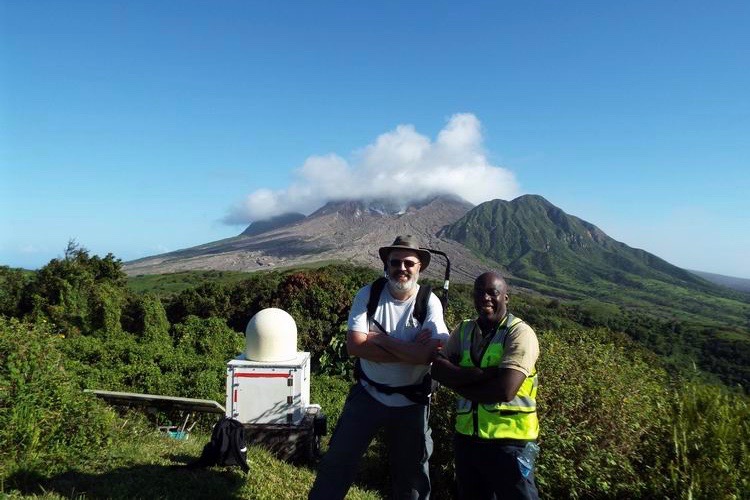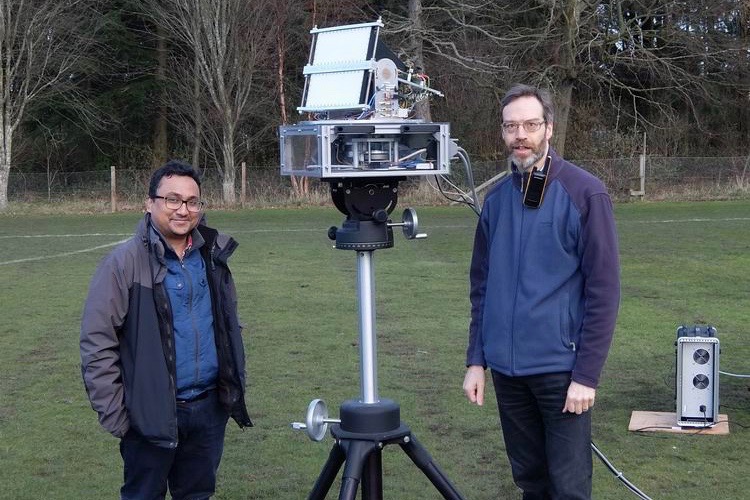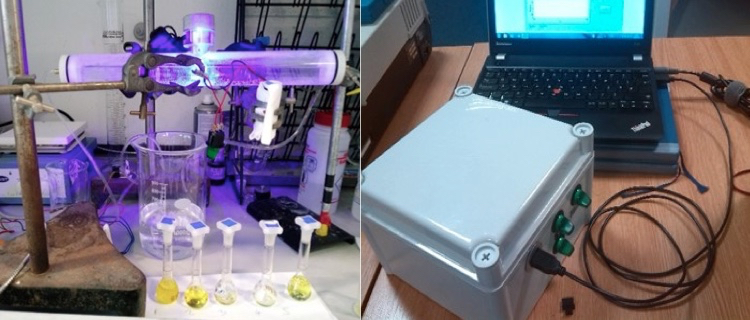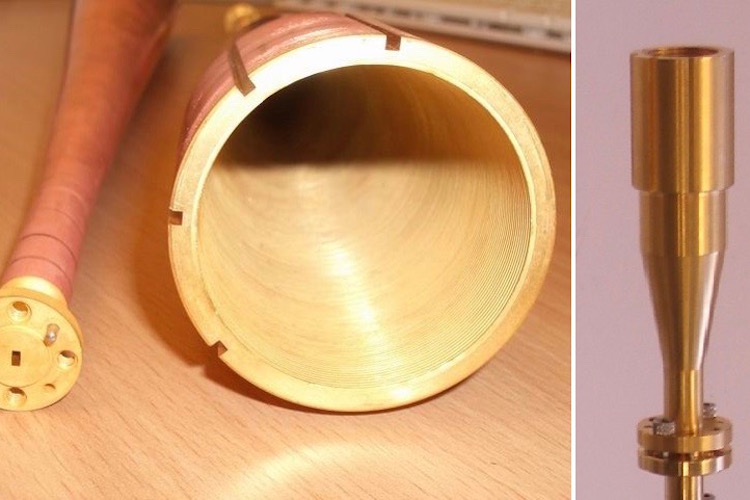Research impact
The School is very active in translating its research into impact that brings tangible benefits to a wide variety of end-users outside academia. Its interdisciplinary centres encourage translating results from fundamental research to other disciplines and provide points of contact for industry. The School's philosophy is to treat impact-related activities on an equal footing with research and teaching. The School supports staff to work on impact-related activities in several ways including a dedicated School impact fund and providing impact-leave sabbaticals.
The School has a track record in forming spin-out companies to commercialise its research including PhotoSynergy Ltd. (delivering Lightpath® safety lighting to deep sea divers), Ambicare Health Ltd. (global suppliers of wearable light sources for medical and consumer healthcare), Razorbill Instruments Ltd. (supplying ultra-precise nano-positioning devices to the international research community) and Bespoke Photonics Ltd. (commercialising novel methods for imaging through turbid media).
The School also enjoys long-standing close collaborations with UK companies who commercialise its research including M Squared Lasers Ltd. and M Squared Life Ltd. (laser technology and high-resolution 3D optical imaging) and Thomas Keating Ltd. (millimetre wave antennas and quasi-optical instrumentation) each of which have global customer bases for these products. Of the several hundred patent applications filed by and granted to members of the School, over three-quarters are licensed to external companies. Key successes of this type include laser and optical instrumentation and organic semiconductor materials for displays.
Below you will find example case studies of successful impact from research and brief descriptions of some of the School's many ongoing impact activities.
Research impact
Products from PhotoSynergy Ltd. use side emitting optical fibres to bring safety benefits to deep sea divers.
Spin-out company Ambicare Health Ltd. produce medical devices to combat widespread skin conditions such as acne and to treat skin cancer.
Razorbill Instruments Ltd., a School spin out, commercialise nano-manipulators for low-temperature science.
Developing thin-film polymer sensors for trace chemical detection of minefields and IEDs.
High performance millimetre wave feedhorn antennas commercialised for applications in spectroscopy, metrology and satellite remote sensing.
Volcano monitoring radar
A millimetre wave radar developed by Dr David Macfarlane and Dr Duncan Robertson of the Millimetre Wave Group in the School has been handed over to end-users at the Montserrat Volcano Observatory (MVO). The radar, named AVTIS (All-weather Volcano Topography Imaging Sensor), provides 3D maps of the volcano's lava dome in nearly all weather conditions. AVTIS will be incorporated into MVO's suite of operational monitoring instruments which staff use to help assess the activity of the Soufriere Hills Volcano and provide hazard warnings to the island's population.

AVTIS installed on Montserrat to monitor the Soufriere Hills Volcano with Dr David Macfarlane and Carisle 'Pyiko' Williams, Chief Technician, MVO.
Light-tissue interaction modelling
Research methods developed for astronomy are being applied to the medical field by Dr Kenny Wood and colleagues in collaboration with clinicians at Ninewells Hospital, Dundee. Using Monte Carlo radiation transport simulations, they model how light penetrates, scatters from and interacts with body tissues. This can be applied to the understanding of photodynamic therapy (PDT) for skin cancer treatment, the effect of sun beds, and the efficacy of UV blocking sun creams.
Quantum communications
The Max Planck Institute for the Science of Light has adopted and experimentally implemented theoretical research on novel quantum cryptographic protocols suitable for communications applications (conducted by Professor Natalia Korolkova and her team). This has led to the formation of start-up company InfiniQuant in Erlangen which is developing continuous variable quantum key distribution (CV-QKD) products based on free-space, satellite and telecom fibre quantum channels.

Drone detection radar
Research by Dr Samiur Rahman and Dr Duncan Robertson into the radar signatures of drones and birds and methods for classification and identification has led them to develop a prototype drone detection radar to address the requirement to detect, track and classify drones. Working closely with industry and government partners, they have designed and built the radar, FAROS-K, to incorporate real-time classification algorithms in a low-cost, compact architecture.

FAROS-K radar being tested by Dr Rahman (left) and Dr Robertson (right).
Pesticide sensing
Drinking water quality is a critical global issue, with pesticide contamination frequently reported in countries from India to Canada. Current methods to catch pesticide contamination are expensive, infrequent, and time-consuming. The sensors materials developed by Dr Ross Gillanders and Professor Graham Turnbull are ideal for detecting trace amounts of common agricultural pesticides and herbicides in water in real-time. The sensors are integrated with a robust optical platform, suitable both for handheld point testing and for wide-area networking for longer-term passive monitoring.

Pesticide sensing set-up (left), platform prototype (right).





